Wildlife

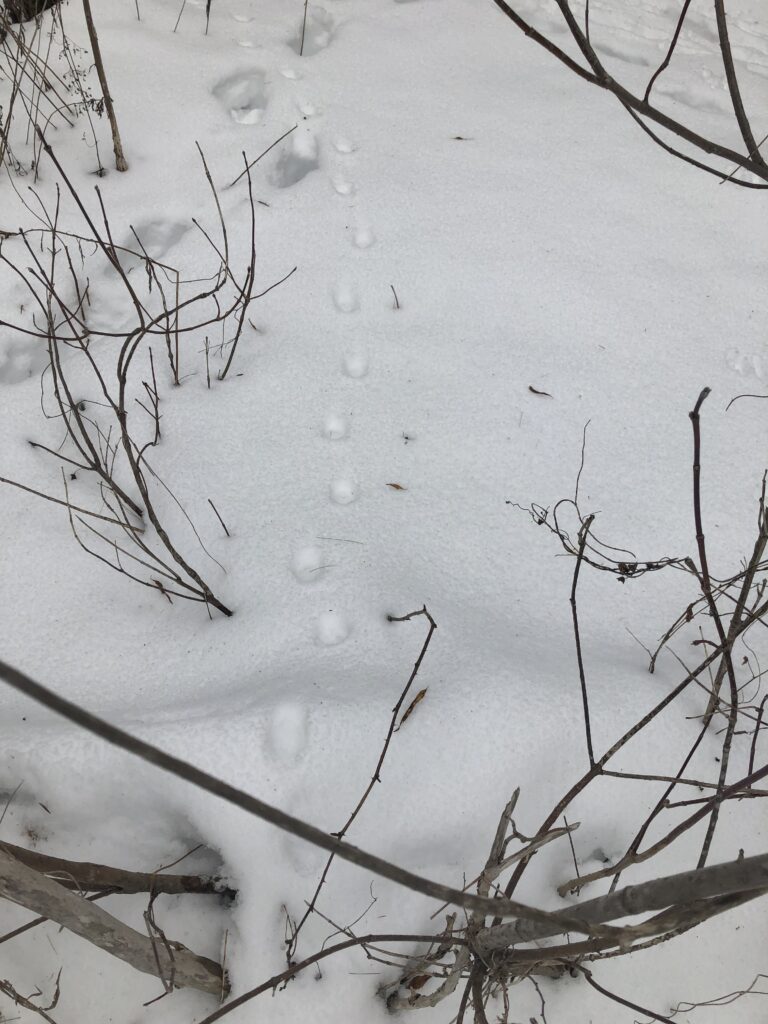
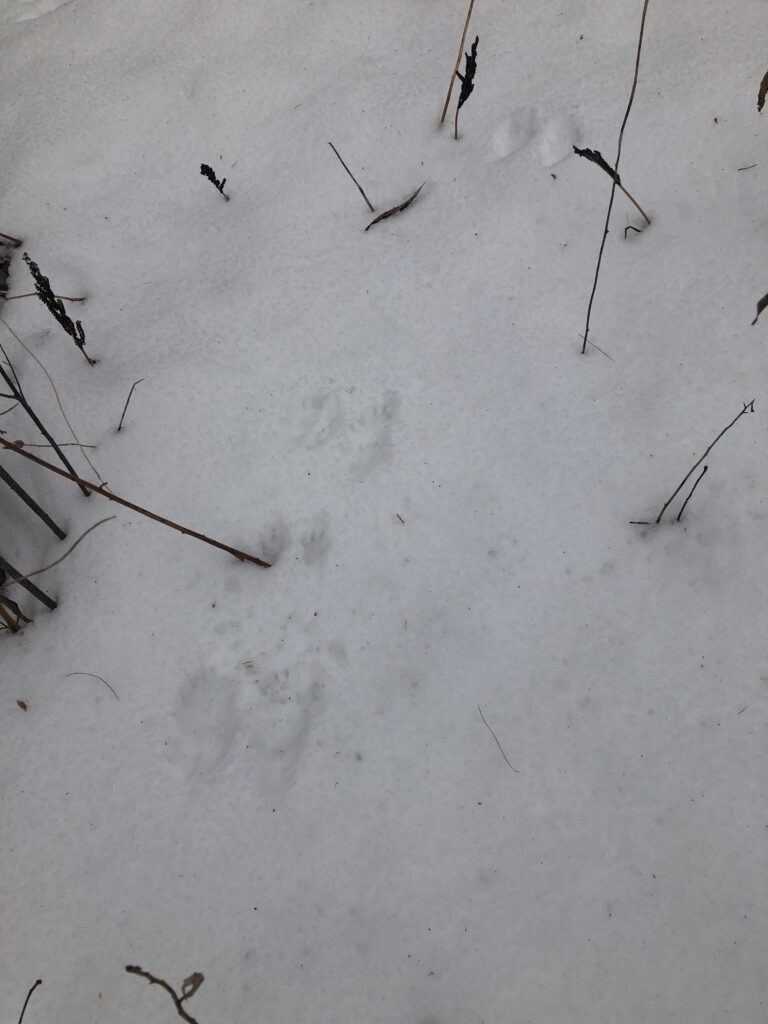
I spotted a snowshoe hare track near my phenology site. During the day the snowshoe hare usually sits quietly under conifer branches or thickets (form) in a sheltered cavity. At night is when they are most active. During the winter they mainly eat buds, twigs, bark, and evergreens. The snowshoe hare has a lot of predators. Bobcats, fishers, Canadian lynx, foxes, coyotes and great horned owls all prey after them.
I also spotted squirrel tracks and red fox tracks. While I do not think the snowshoe hare and these other two mammals had direct interactions, they definitely could have been feeding on the same plant because all their prints were in the same general direction. All the tracks were pointing in the same direction which was northeast.
Phenology Changes
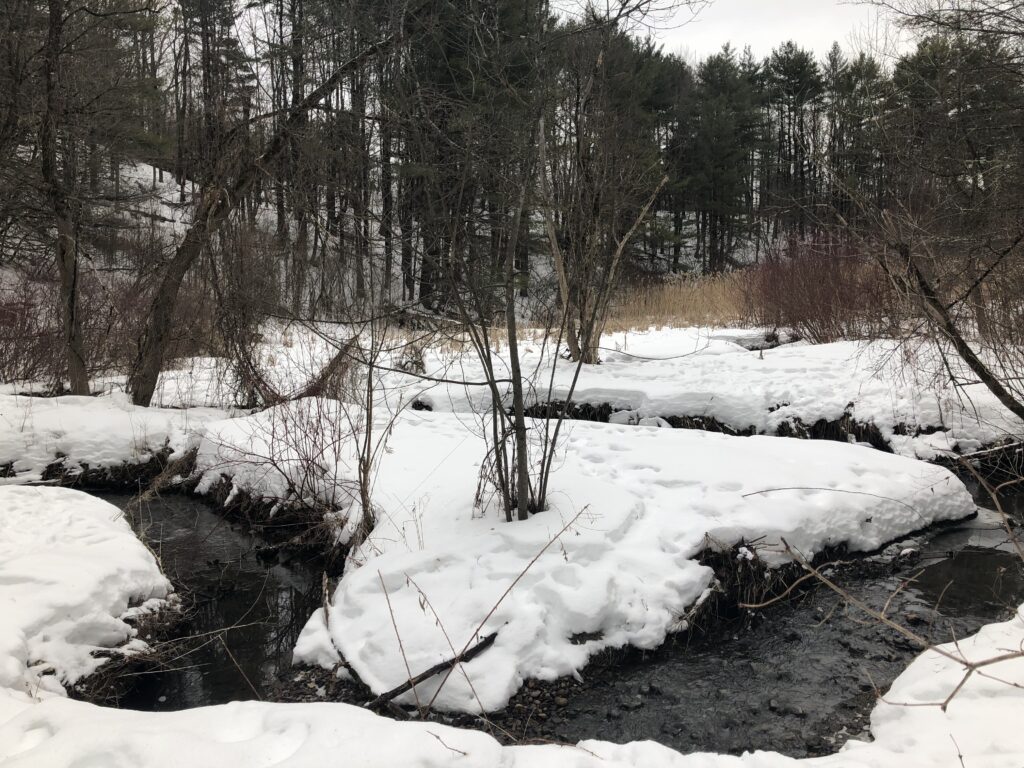
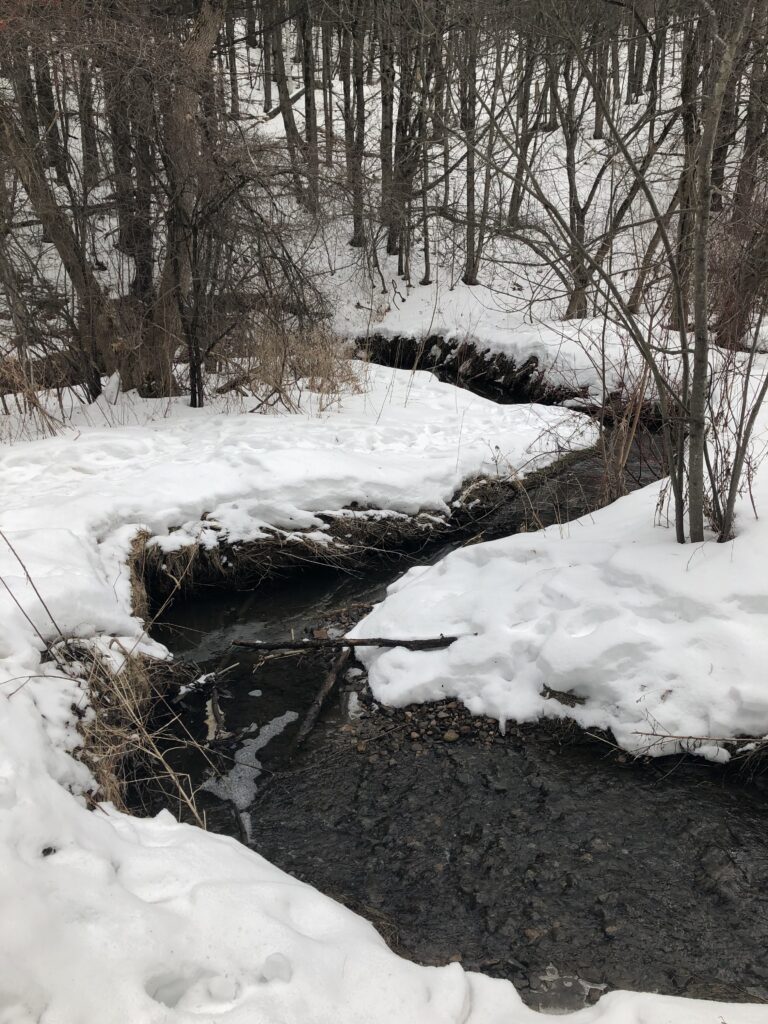
Since my last visit, there has been a lot more erosion in the banks of the stream. The erosion is due to the water flowing through the stream. It has created an indent in the edges at the bottom causing the sides of the banks to slant inward. There are no leaves on any of the tress. I was also able to spot a lot more signs of wildlife then my last visit.
Sources
Holland, M., & Kaneko, C. (2019). Naturally curious: a photographic field guide and month-by-month journey through the fields, woods, and marshes of New England. North Pomfret, Vermont.: Trafalgar Square Books.Web, A. D. (n.d.). Critter Catalog. Retrieved from http://www.biokids.umich.edu/critters/Lepus_americanus/
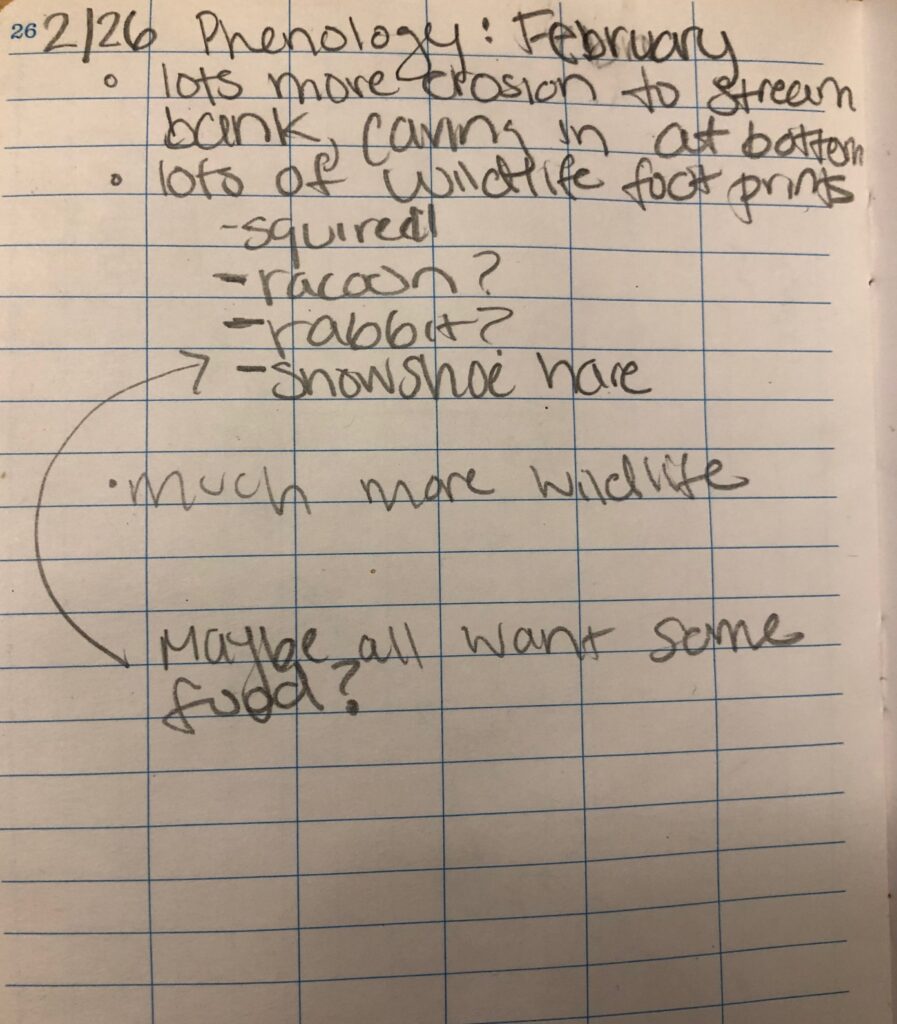


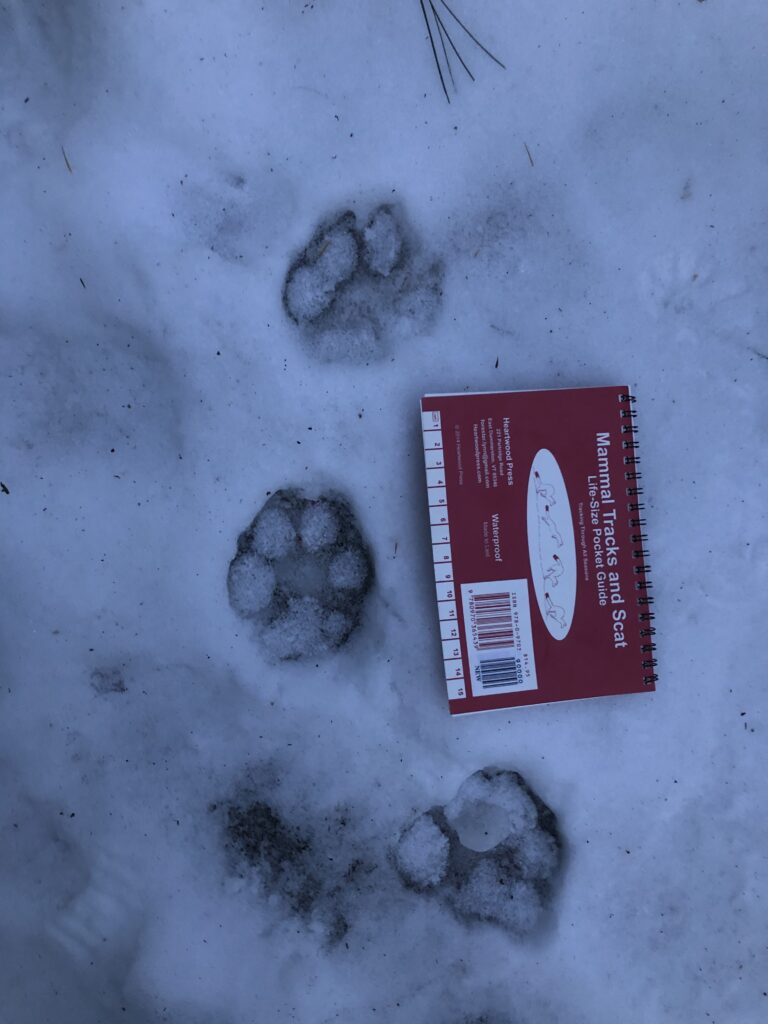
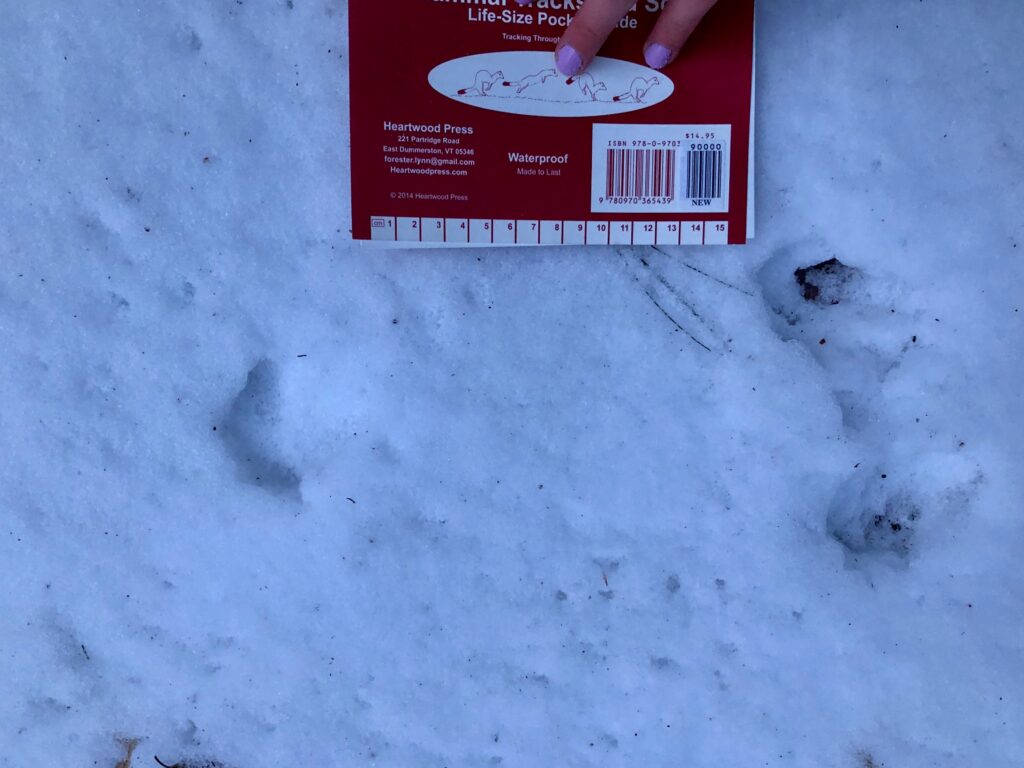
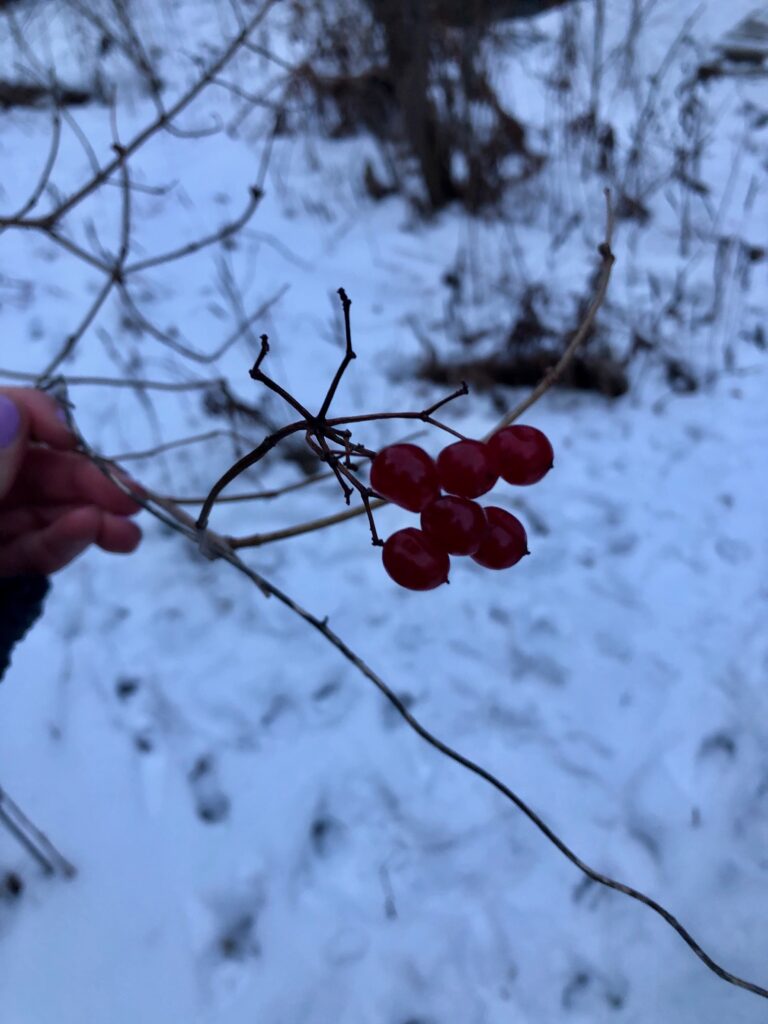
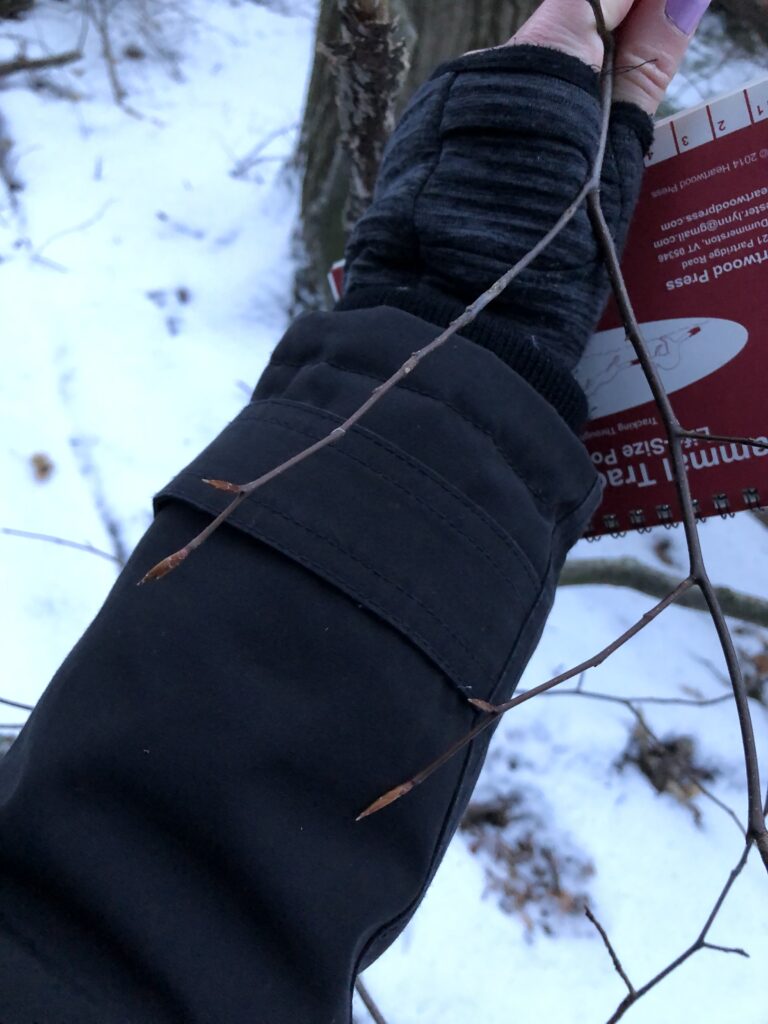
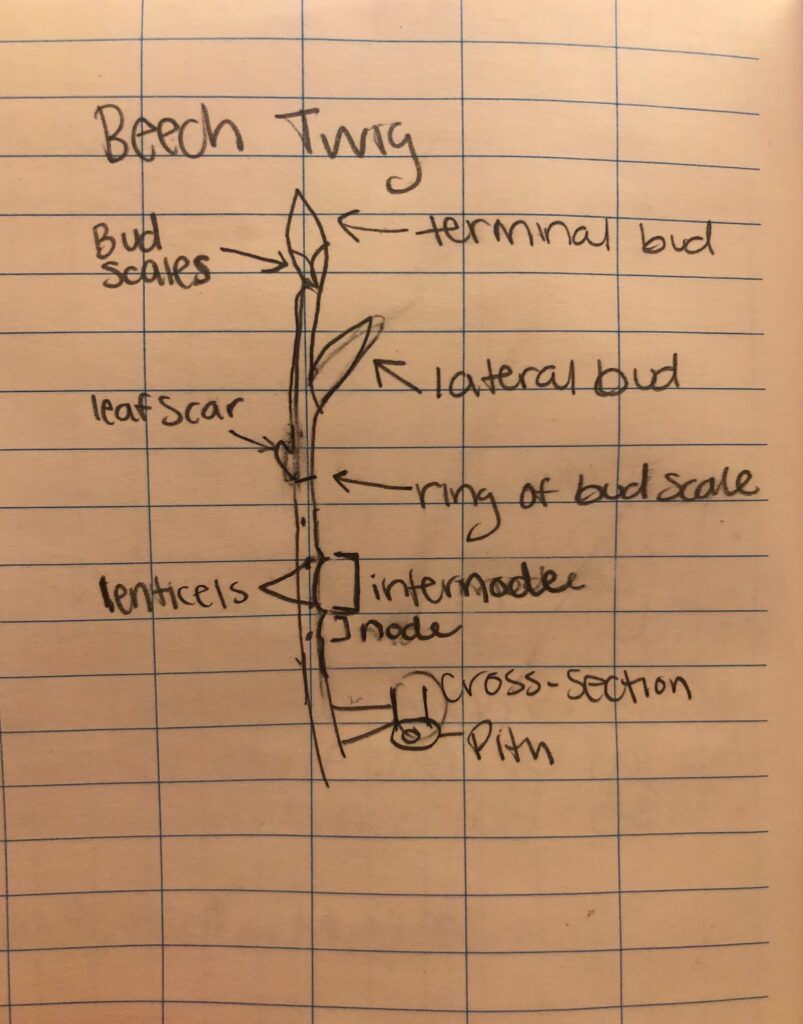
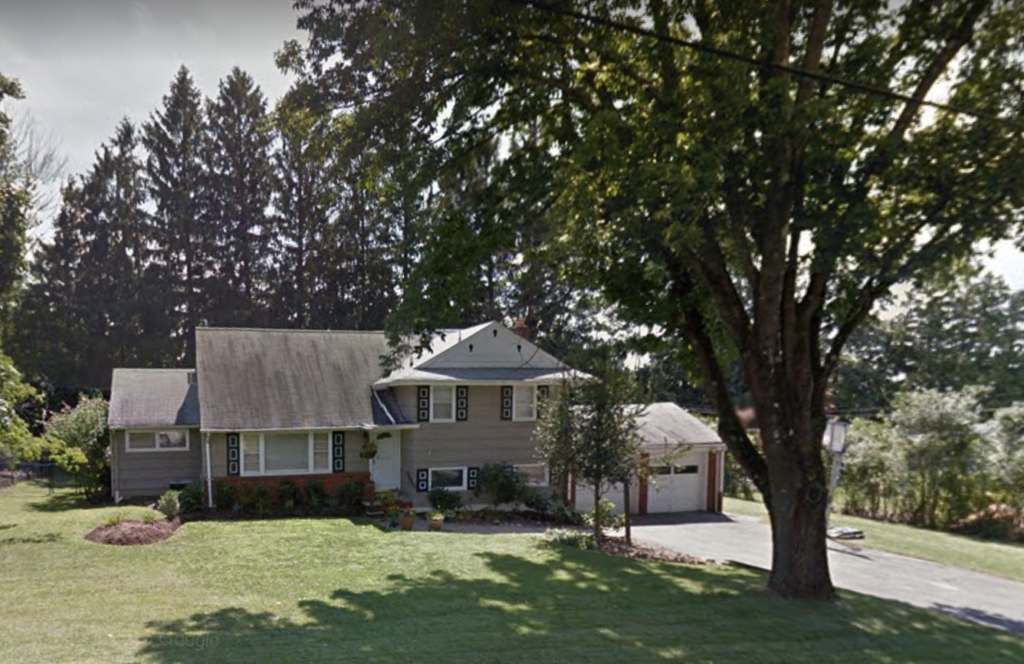
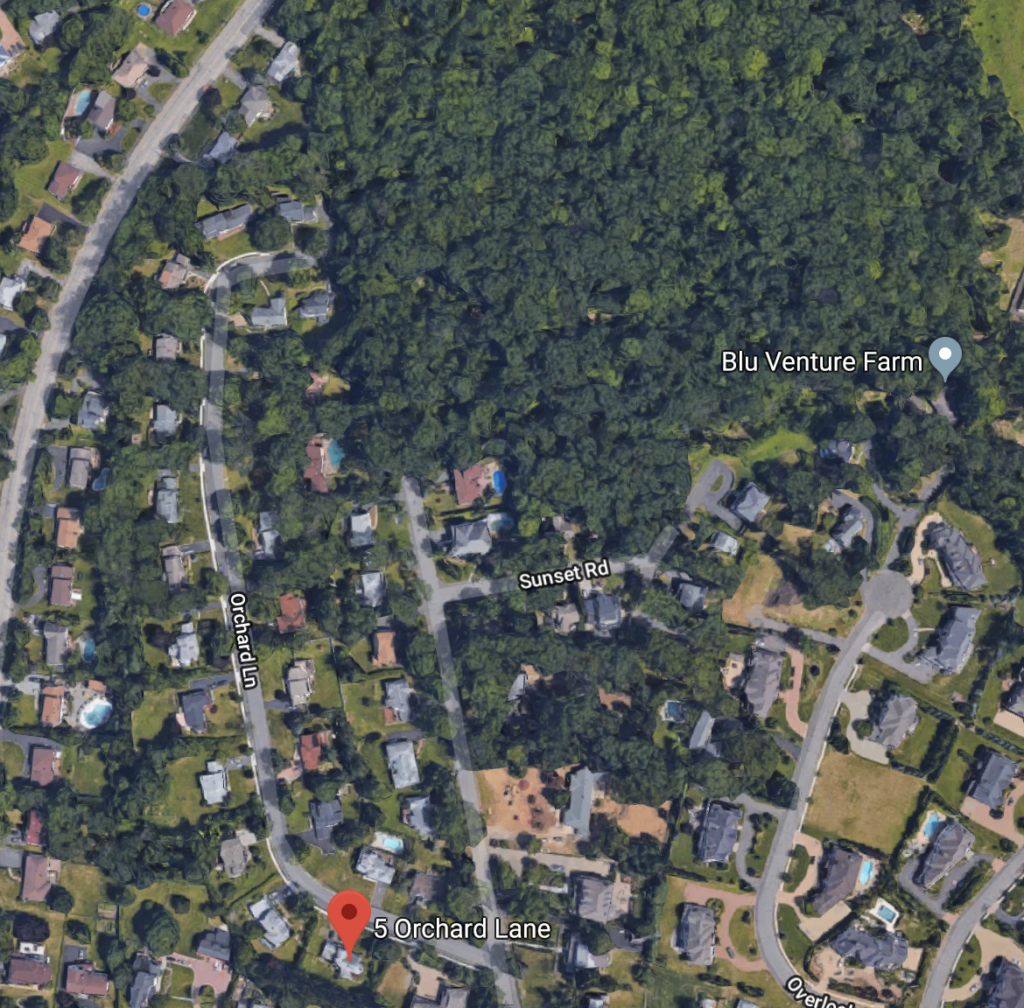
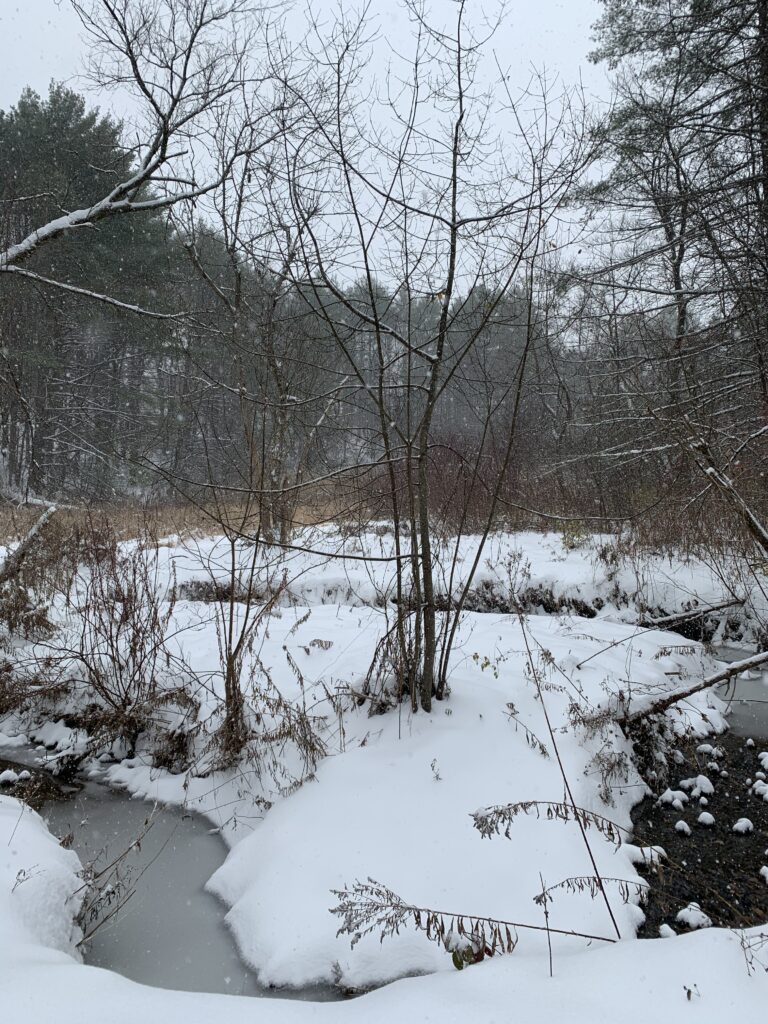
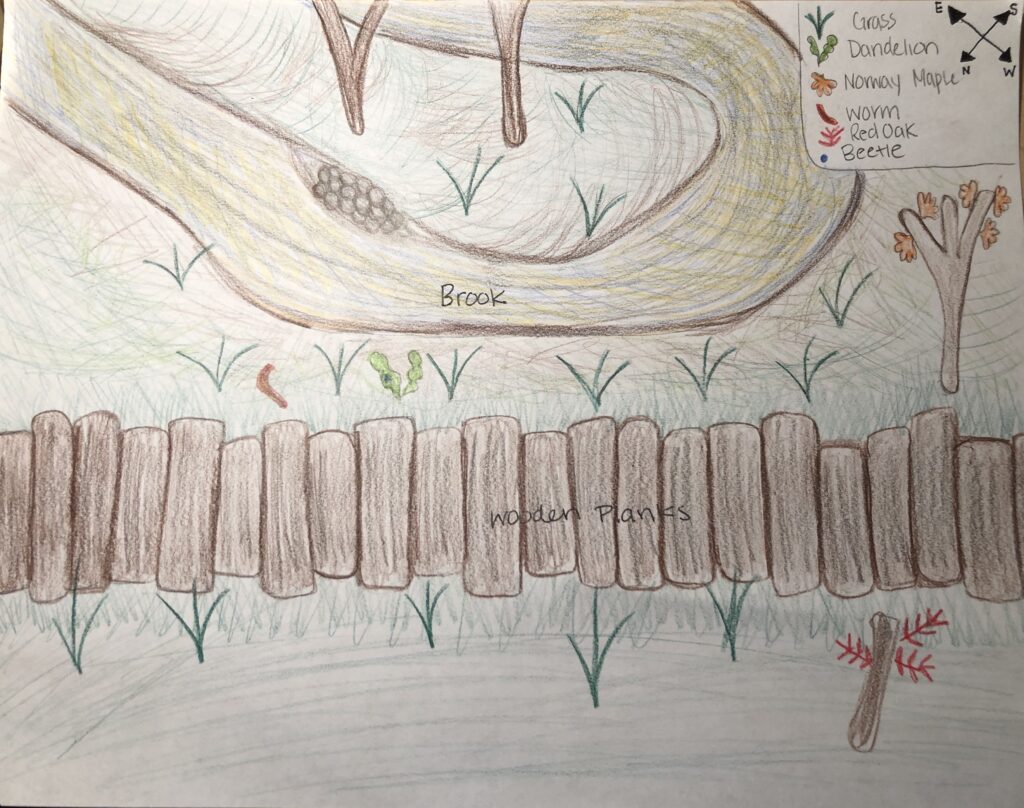
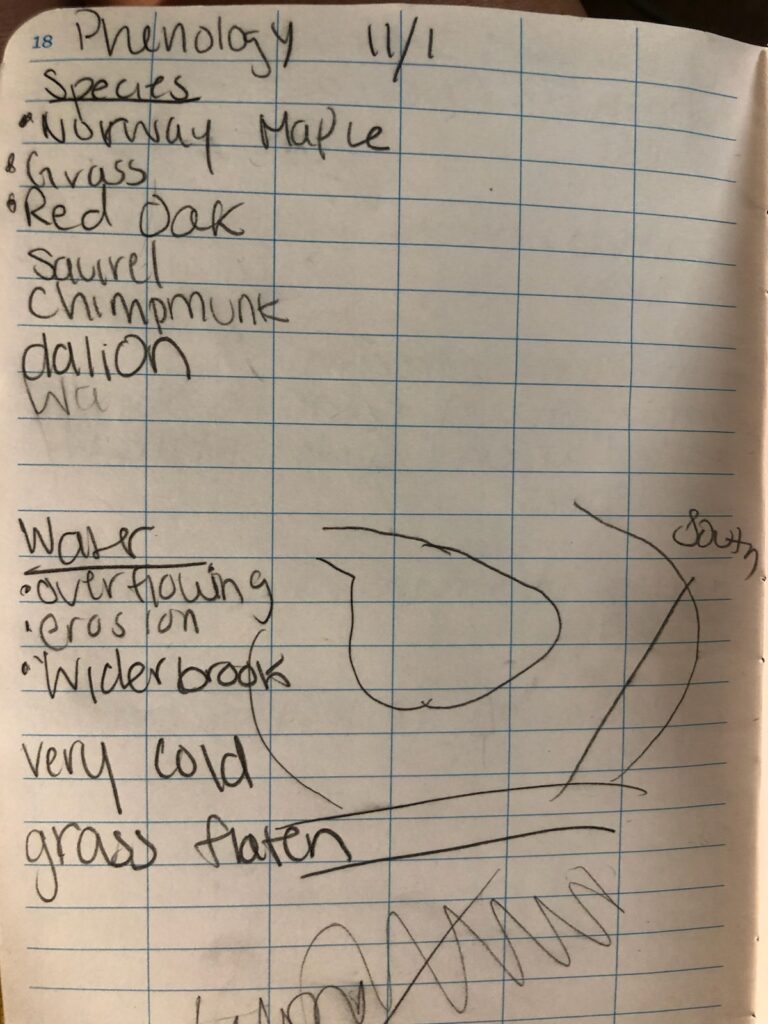
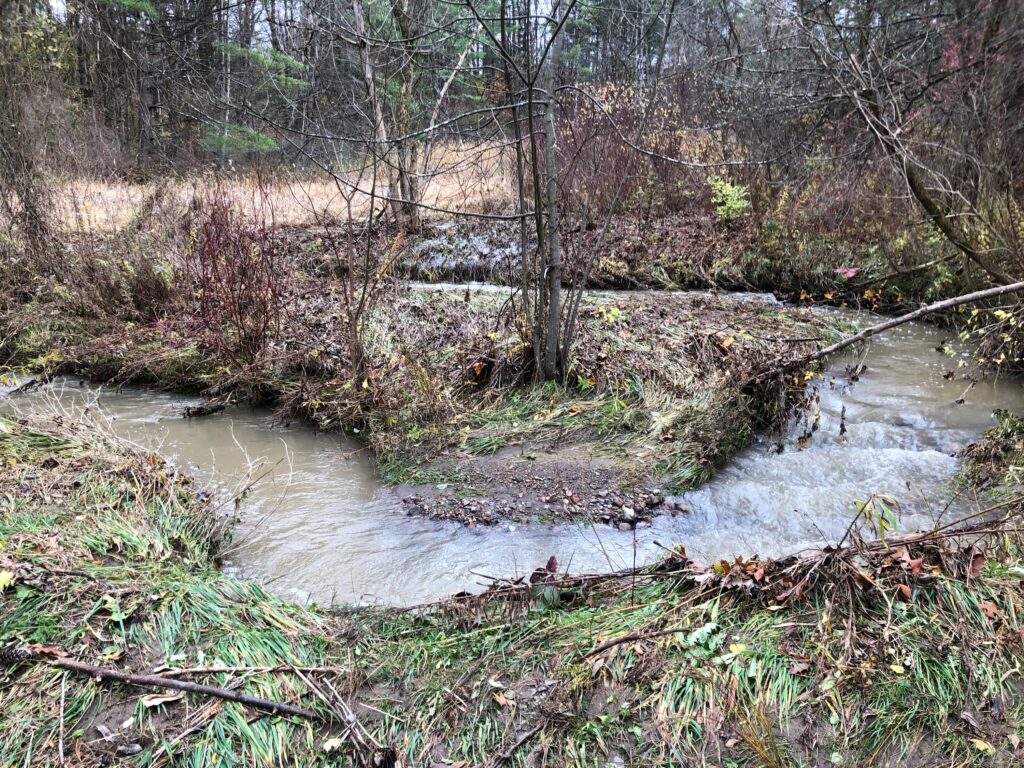
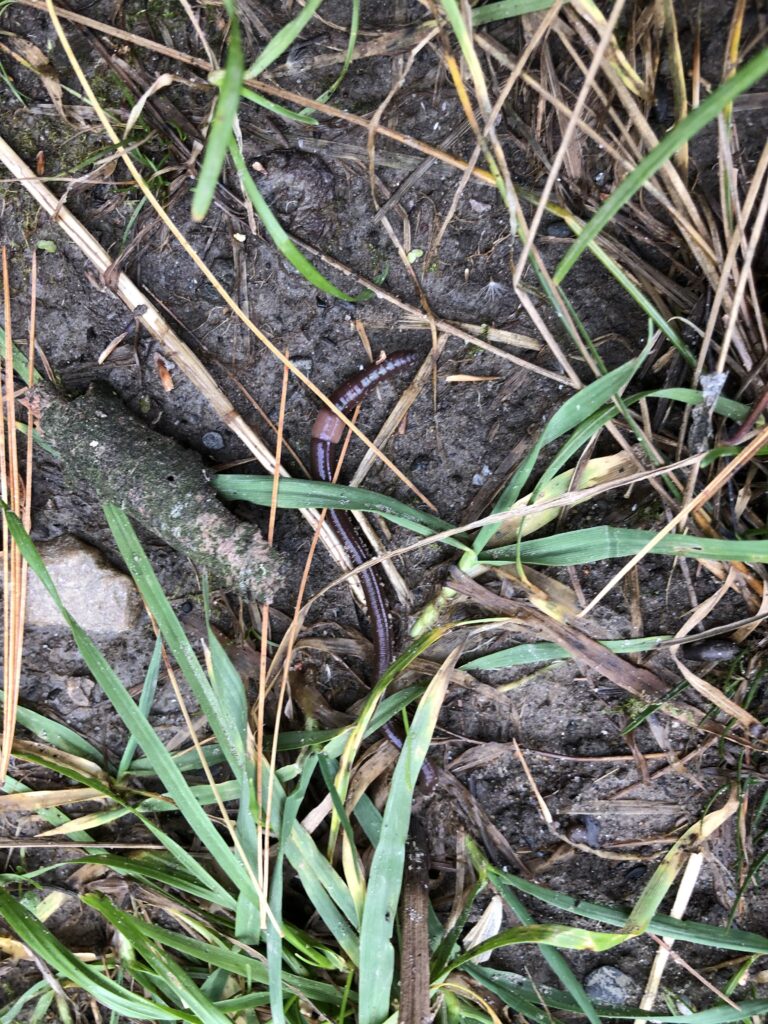
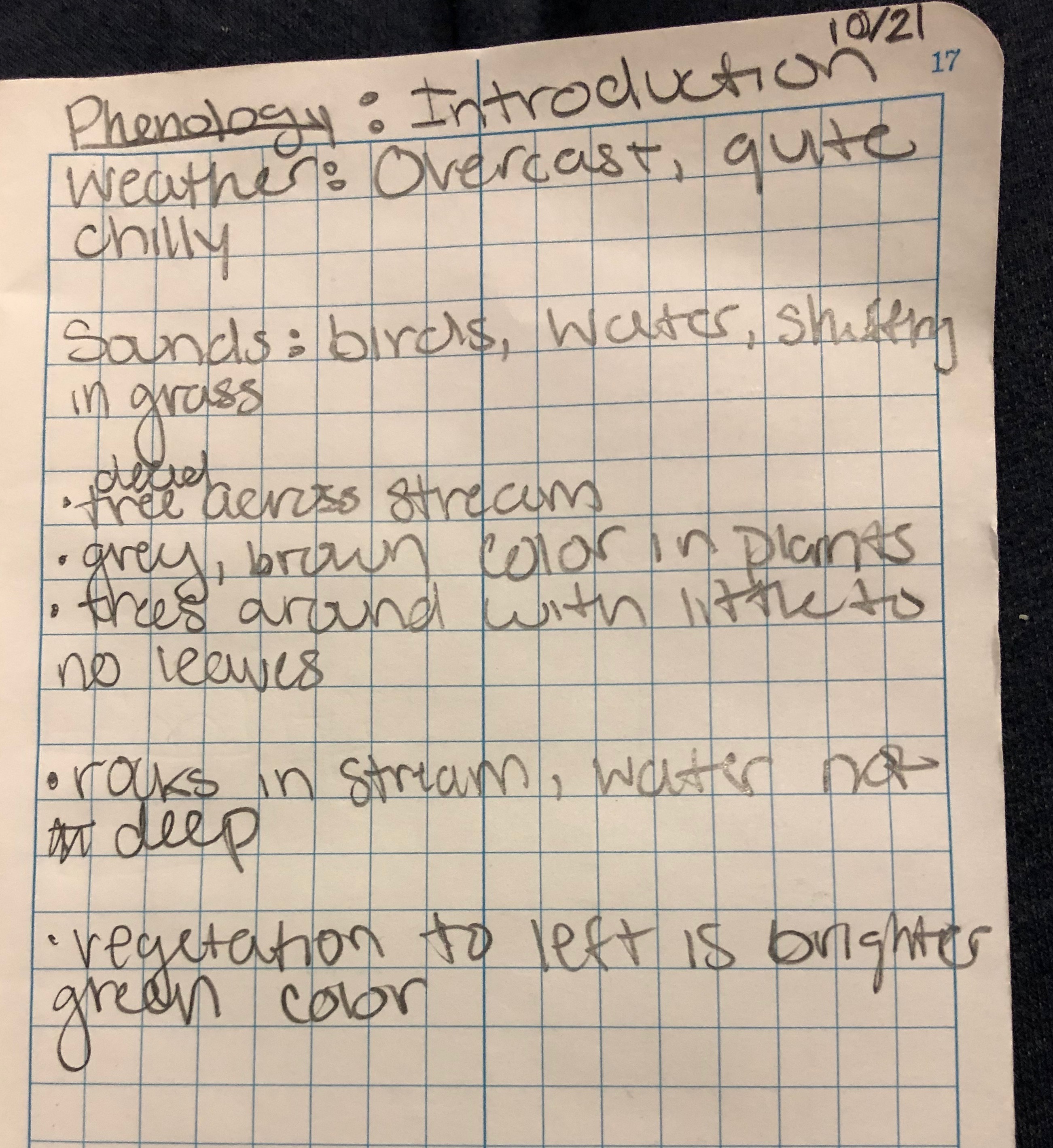
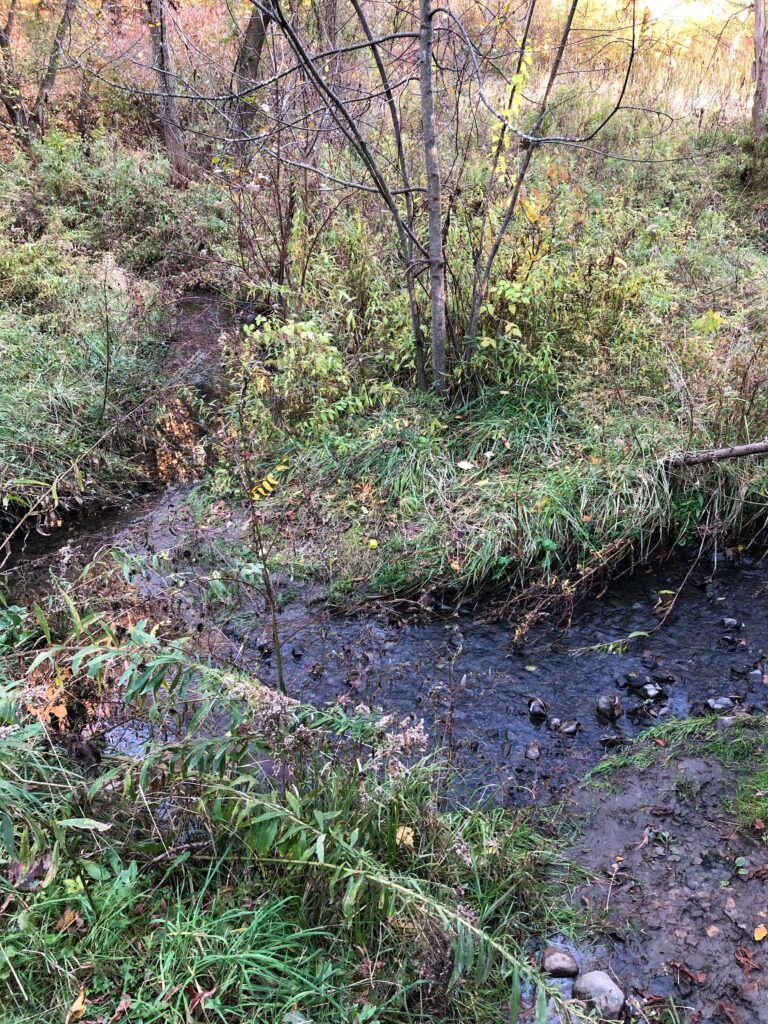
Recent Comments